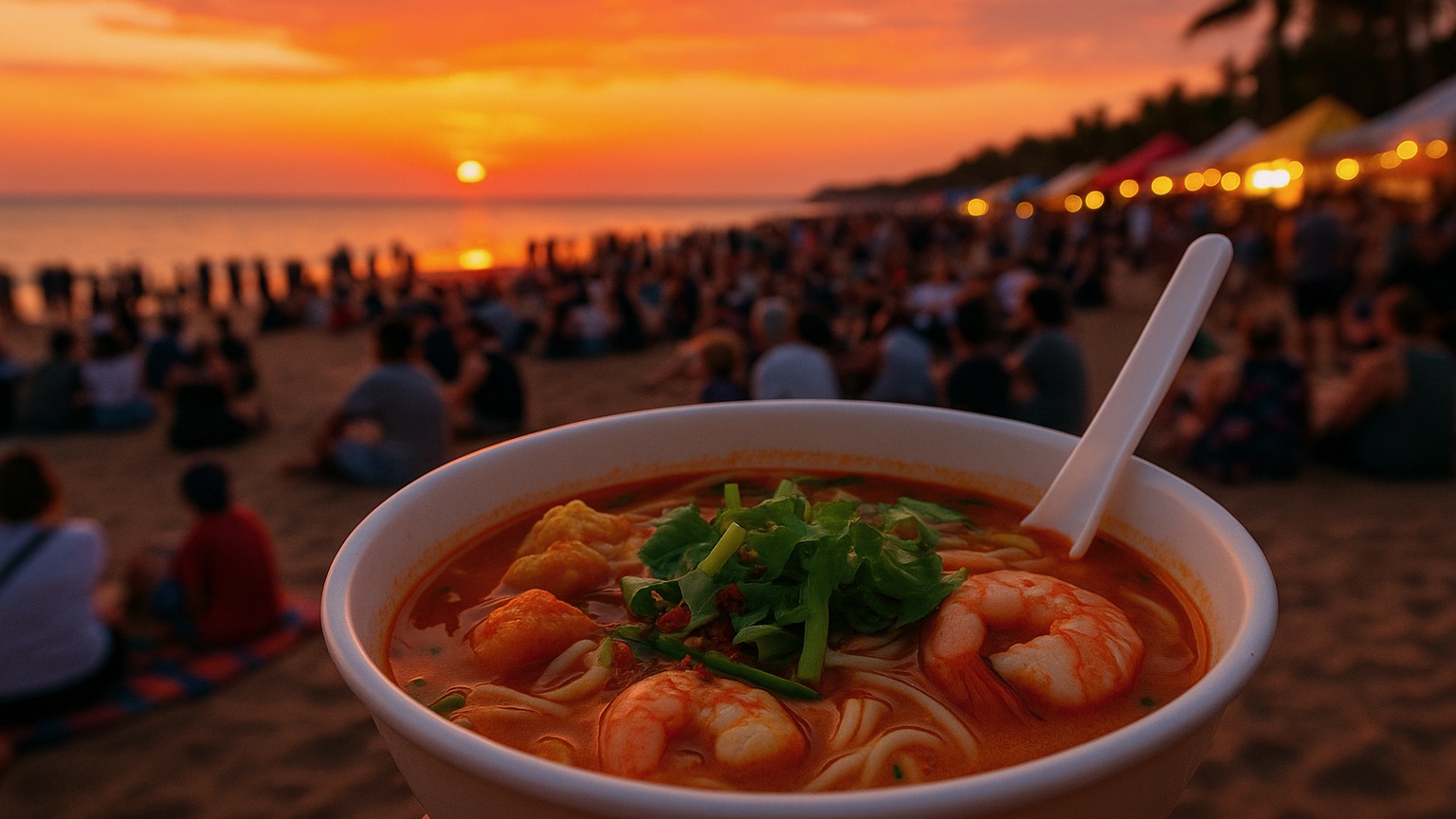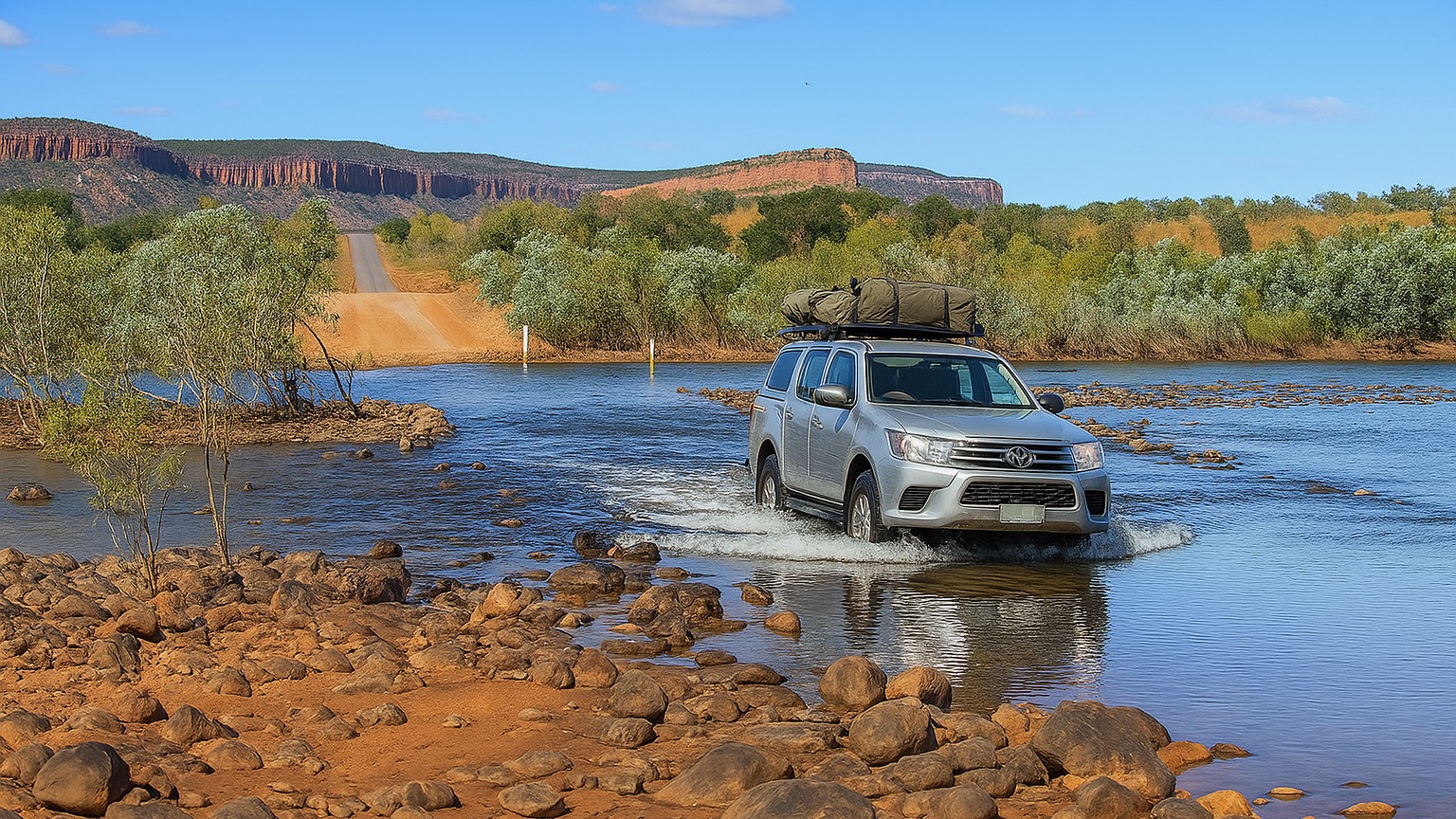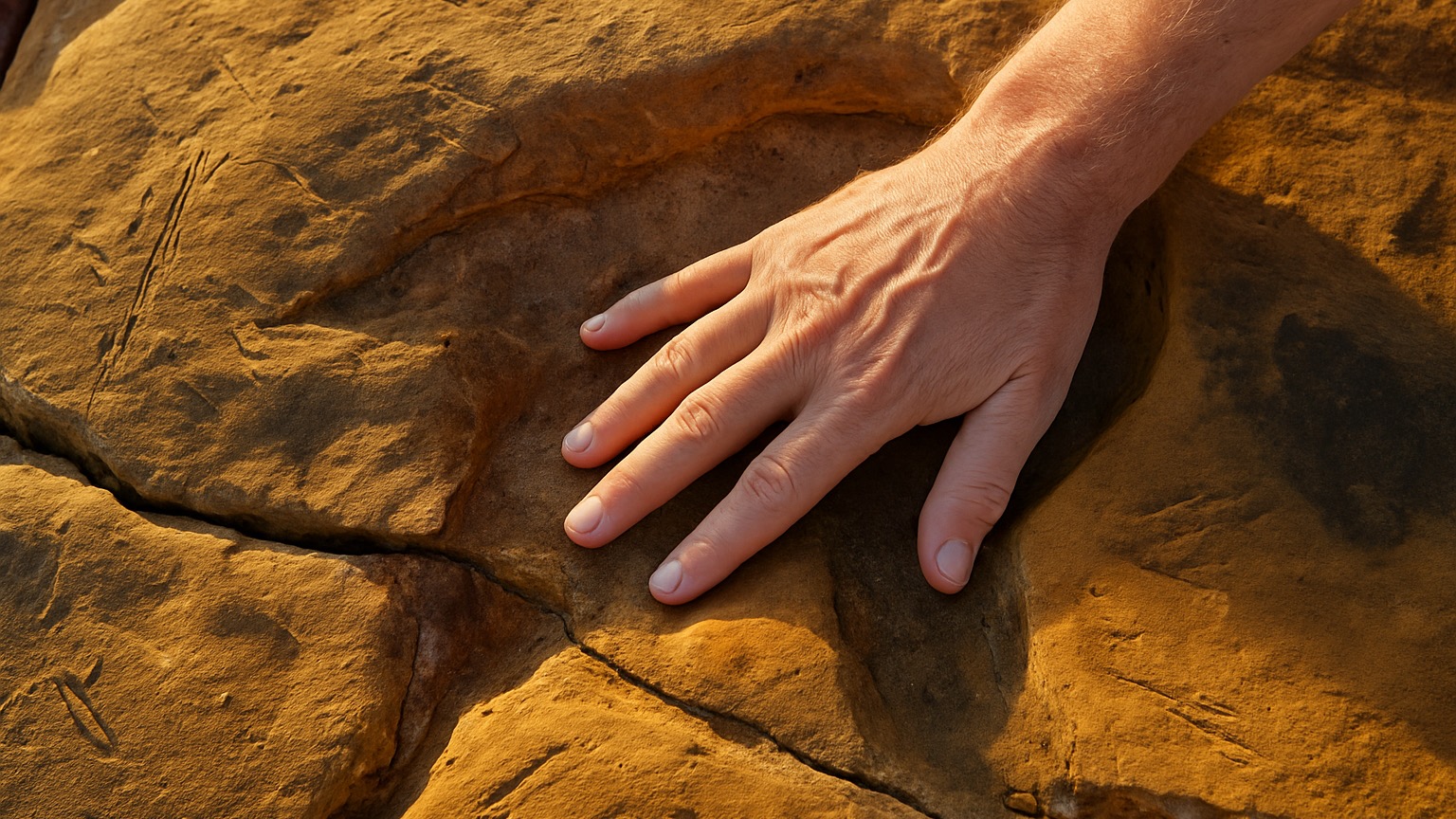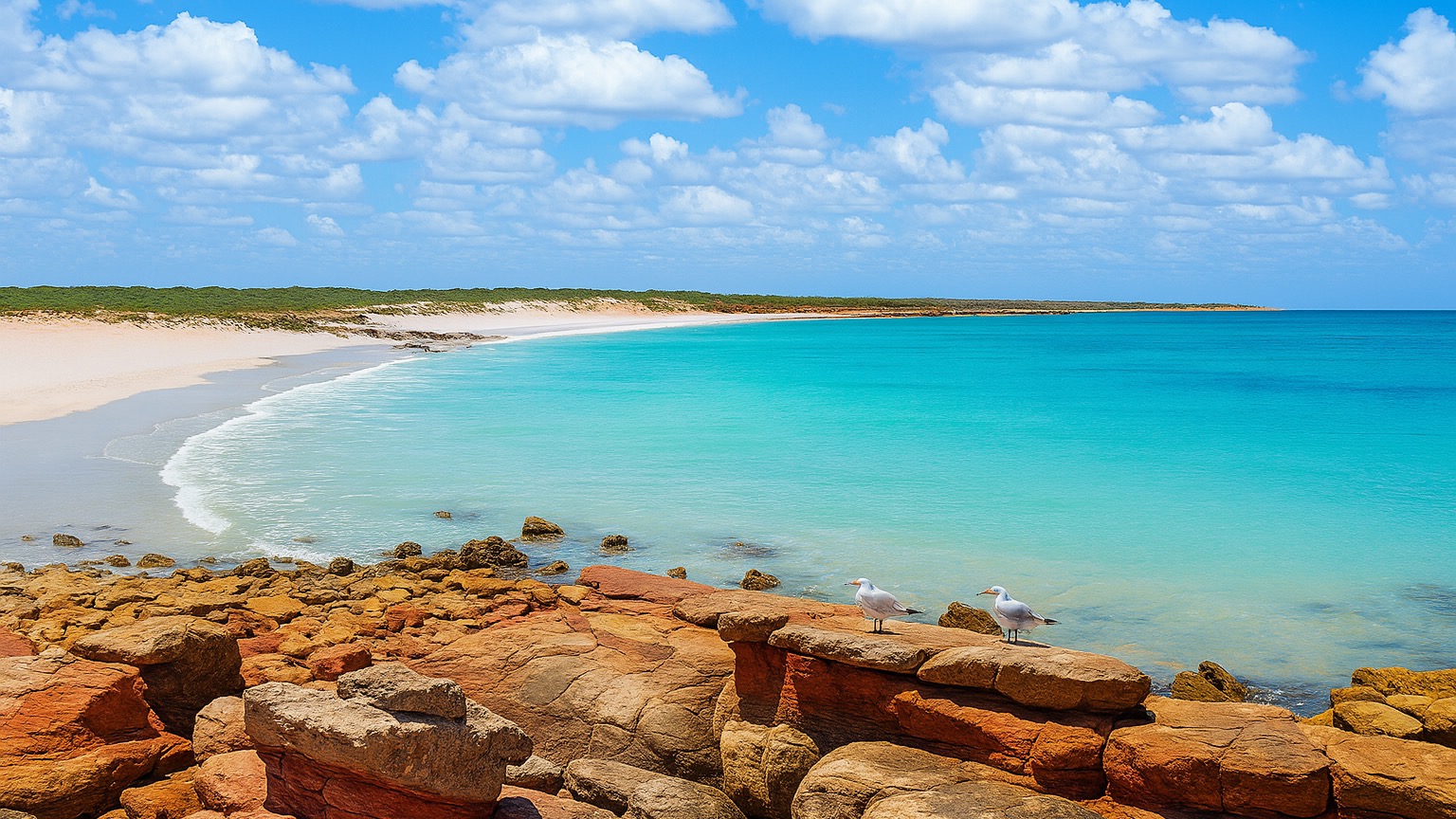Croc-wise and jellyfish smart:
7 swimming safety tips for the NT
During my last trip through the Northern Territory, I found myself constantly drawn to its warm, inviting waters — whether it was the croc-free pools of Litchfield or the wild coastline near Nhulunbuy.
But as any local will tell you, swimming here isn’t just about cooling off — it’s about staying smart. The Top End’s waterways are stunning, but they demand respect.

Practical Information
- Best time to swim: Dry season (May to September)
- Avoid swimming: In rivers, estuaries, or beaches during the wet season (October to April)
- Dress code: Wear stinger suits for coastal swims during the stinger season
- Getting around: A 4WD is best for reaching remote waterholes
- Safety tips: Always read posted signs, ask rangers, avoid night swimming, and don’t swim alone
- First aid: Carry vinegar for jellyfish stings. Emergency services: 000
More information
- Northern Territory swimming safety guidelines – nt.gov.au
- Beach stinger safety in the Top End – Life Saving NT
- Safe swimming locations – NorthernTerritory.com
1. Understand why swimming safety in the NT is serious business
Let’s be blunt — this part of Australia isn’t a backyard pool party. The Northern Territory is home to some of the most pristine yet potentially hazardous swimming spots in the country. Between saltwater crocodiles lurking in rivers and seasonal marine stingers, swimming safety is more than just a warning — it’s a way of life up here.
2. Know where saltwater crocodiles roam
Saltwater crocodiles, or “salties” as the locals call them, are apex predators found in most tidal rivers, billabongs, and even coastal waters. Don’t assume they’re only deep in the bush — I’ve seen warning signs just minutes from major towns. Never swim where there’s no clear sign it’s safe. If in doubt, keep your feet dry.
3. Be prepared for jellyfish and other stingers
During the wet season (October to May), the oceans in the Top End are home to dangerous jellyfish, including the infamous box jellyfish and the tiny (but deadly) Irukandji. Their sting can hospitalise or even kill. If you’re heading to the coast, only swim in areas with stinger nets or wear a full stinger suit.
4. Stick to designated safe swimming spots
Thankfully, not everywhere is off-limits. Freshwater swimming in places like Buley Rockhole, Wangi Falls, or Maguk Gorge is generally safe — these areas are monitored and signed. Mind you, conditions change, so even in popular spots, check for updates. Coastal swimming is best in Darwin’s man-made lagoons or patrolled beaches like Mindil, but only during the dry season.
5. Trust local advice — it can save your life
Every single time I asked a local ranger or tour guide about swimming spots, I learned something useful. Locals know what’s recently changed — where a croc’s been spotted or when the jellyfish are bad. Heed the signs, listen to advice, and don’t trust outdated blog posts or social media hype.
6. Avoid risky behaviour, even in beautiful places
Don’t be tempted to jump in just because it looks inviting. Crystal-clear water can still hide danger — especially if you’re far from help. Night swimming, ignoring signs, or following someone else’s dodgy advice can easily turn a dream trip into a disaster.
7. Keep your cool — but stay cautious
Swimming in the Northern Territory can be unforgettable — in the best or worst way. For me, sticking to marked safe swimming spots made all the difference. You don’t need to be scared, just cautious. Respect the land and water, trust local knowledge, and you’ll come away with nothing but great memories — and no bite marks.





Leave A Comment